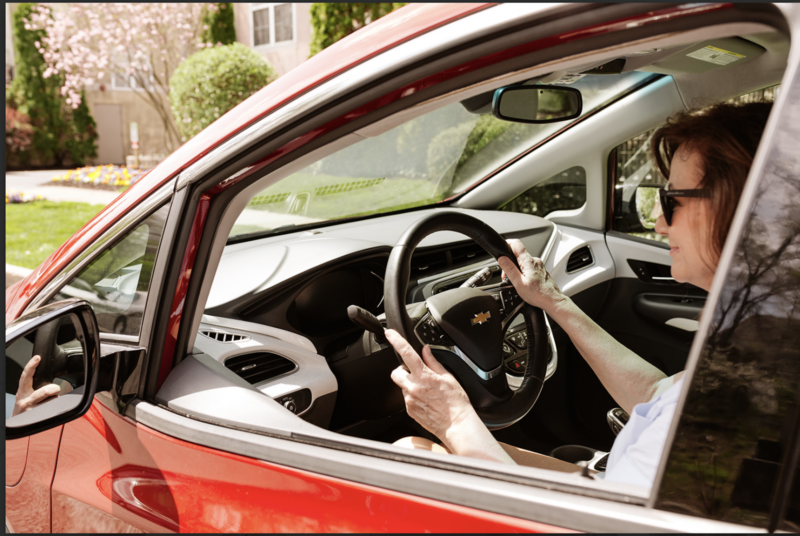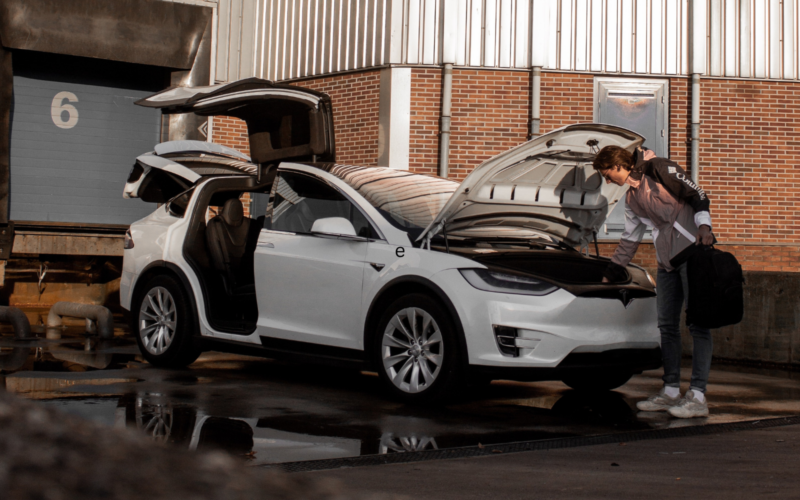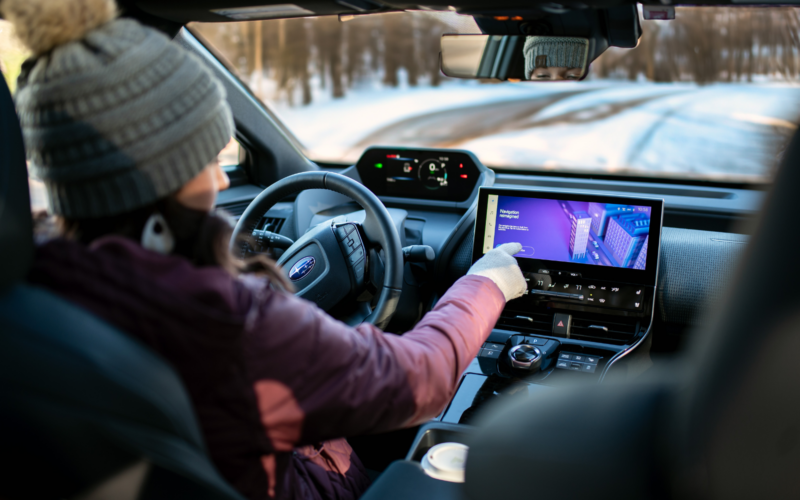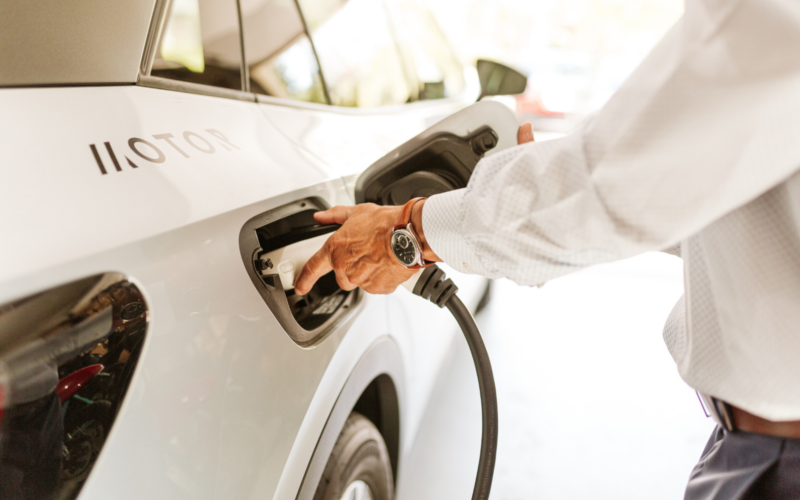Features to Explore when Test Driving an Electric Vehicle
Are you thinking about buying your first electric vehicle but feeling unsure which model suits you best? Take a test drive!
Here’s what you need to know before you go on a test drive to effectively compare one electric vehicle to another.
Do all Electric Vehicles Feel the Same?
Switching from a gas-powered car to an electric one is a game-changer. Unlike traditional cars with their gear shifts and laggy responses (unless it’s a sports car…), electric cars deliver instant torque from a standstill.
When you step on the accelerator pedal, you feel an immediate and direct response! But not all electric cars are equal, let’s explore what sets them apart.
Features Specific to Electric Vehicles
As you test drive your first electric car, these are the features both inside and outside the vehicle that you should pay attention to when comparing one EV to another.
We highly recommend conducting thorough research before your test drive. Consider factors like required battery size, necessary charging capabilities, and the logistics of charging your EV at home. If you need assistance addressing these questions tailored to your situation, feel free to schedule a complimentary pre-purchase consultation with our team of EV experts here
First, let’s discuss features to look out for before you take your seat.
Frunk – Front Trunk
The frunk, or front trunk, is one of the coolest features of electric vehicles. Without an engine in the front, EVs provide extra storage space ranging from suitcase-friendly to glove box-sized. Check the opening mechanism (key vs. manual levers) and look for features like a water drain for iced beverages. Some EVs even offer power outlets in the frunk.
Trunk
When inspecting the trunk, look for the presence of a charging cable beneath the floor. It typically includes Level 1 and 2 connectors for AC slow charging. While you might consider installing a Level 2 charger at home, having an additional portable charger included with the car can be convenient for visiting family and friends. Some models have another connector for “vehicle-to-load” capabilities for charging smaller battery-powered tools directly from the car.
Charging Port
As you walk around your vehicle, you’ll notice the charging port located at either the front or back. This determines whether you’ll need to reverse into a public charging station. Some electric vehicles also feature a display at the charging port to indicate if the vehicle is charging and when it’s fully charged, which can be convenient. Lastly, some electric vehicles automatically close the charging port, while others require manual closure.
Now, take a seat in your electric car.
Turning on/off
Once inside, you might not even realize some EVs are already powered up, so you just shift into drive mode. Others may need manual activation using a button. Since EVs are quiet, it can be inconvenient if you forget to turn off your vehicle and need to return to do so after exiting, prompted by the car’s alerts.
EV dashboard
If you’re used to gas cars, you’re probably into checking speed, RPMs, and fuel levels. But what’s important when evaluating an EV?
Pay close attention to how the electric range is displayed. Different EVs may show it in miles or as a percentage of State of Charge (SoC), or sometimes both. Note that a 3% State of Charge provides less information than knowing you have 10 miles left. Additionally, having a range with upper and lower range limits can be convenient.
Charger Planner
Are you planning to use your future EV for road trips? Create a trip and check out how the navigation system handles charging stations. Many EV drivers use additional apps to plan road trips, overcoming the shortcomings of current integrated charging planners. Look for features like displayed charging station availability and power ratings. If you need help in the future, we offer unlimited road trip planning through EV Navigator. Learn more here.
Let’s go for a test ride, here is what to test out while driving.
Acceleration and Drive Modes
Let’s go try out the acceleration and feel the power. One standout feature of electric cars is how they instantly respond when you hit the pedal. Some EVs, especially front-wheel drive ones, might slip a bit when you hit the pedal hard. Also, check out the different drive modes, like Eco or Sport, to see how they feel.
Silence
One thing you’ll notice right away in an EV is how quiet it is. But there are differences between models. Pay attention to how much road noise you hear and if you can hear the inverter running. Some EVs even have artificial sounds to make it feel more like a traditional car.
One Pedal Driving
Ever heard of “Regenerative Braking”? It’s a cool efficiency feature in electric cars.
Though you still have two pedals – accelerator and brake – in any electric vehicle, many EVs offer a one-pedal drive mode. In this mode, releasing the accelerator pedal engages regenerative braking, simulating the effect of braking when you want to slow down. This clever system converts kinetic energy into electrical energy, topping up the battery instead of wasting it as heat.
It might take some getting used to, though. Check out how to turn it on and off, and see if there are different levels of regenerative braking available.
Battery Power and Efficiency
Two values to get used to monitoring when driving electric are “battery power” in kilowatts and “efficiency” in miles per kilowatt-hour. Some electric cars display these values directly on the dashboard, while others conceal them in the infotainment system. You might also find neat color indicators about how efficiently you are driving or how much power you are consuming.
Once you’re finished with your test drive, here’s what to look into.
Where did my Energy go?
Many new EV drivers often wonder about their EV’s actual range and why it differs from the official range stated on the sticker. Understanding where your energy was utilized during your drive can be beneficial. Check if you can find a screen that details energy usage, including how much was used for driving versus other functions like climate control or accessories.
Plug it in
Depending on where you are testing your electric vehicle, we strongly encourage you to plug it in and experience your first charging event. Some dealers offer Level 2 or DC fast charging stations, so be sure to ask for them. When you plug in the cable, check either the charging indicator directly at the charging port, or hop back into your vehicle to check more charging information from inside. Some models show how long it will take to charge up to a certain State-of-Charge. It’s also convenient to see how much charging power in kilo-Watts is actually being delivered to your battery. This can be very helpful at public charging stations to determine if everything is working correctly.
Additionally, it could be another opportunity to try out some of the infotainment features in your EV, such as watching movies or playing games during a charging session on a road-trip.
Ready for your EV Test Drive?
Now you’re equipped with all the key features to look out for during your test drive, from start to finish.
While you might not be able to test all remote-controlled features, like battery preconditioning or remote charging, typically managed through the car maker’s app, be sure to ask about them.
We’ve covered the essentials to help you make an informed decision. If you need more assistance, don’t hesitate to reach out or schedule a pre-purchase consultation here.



